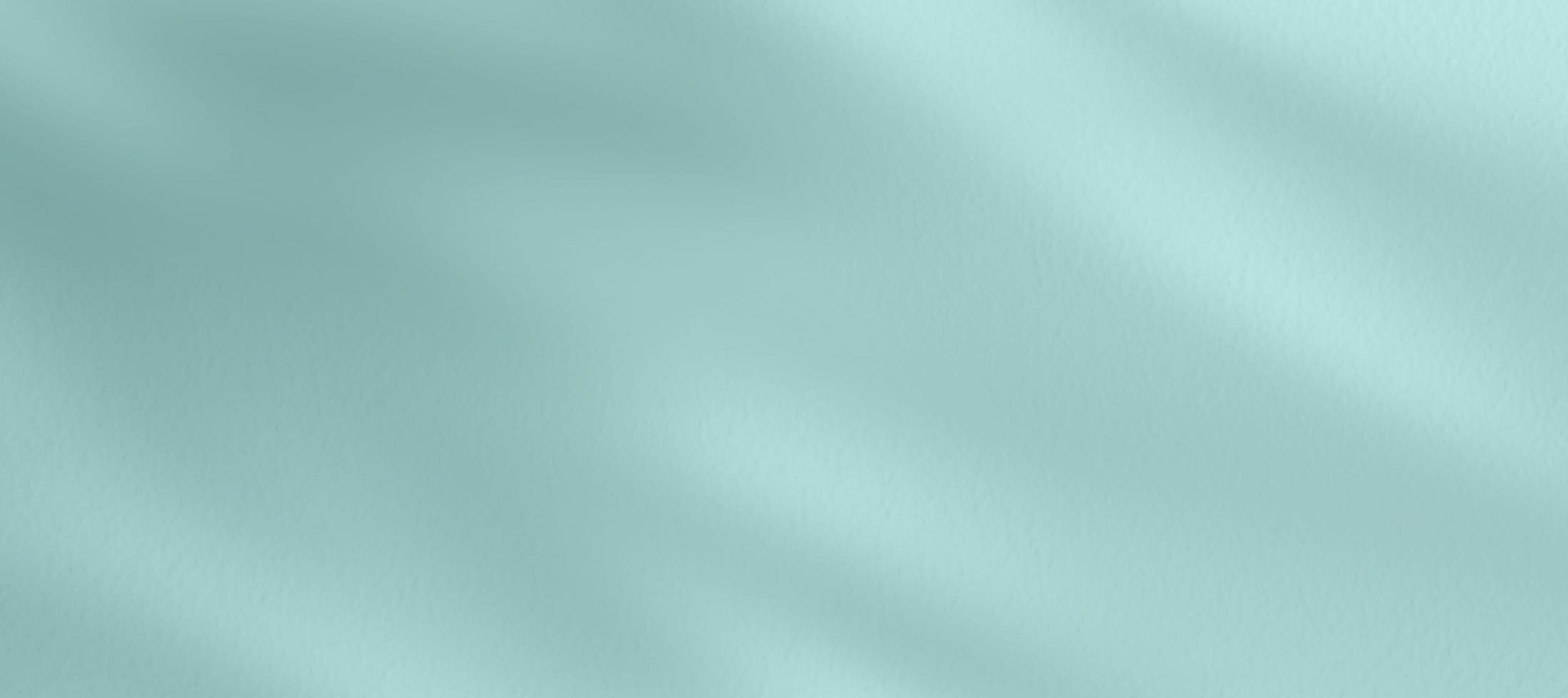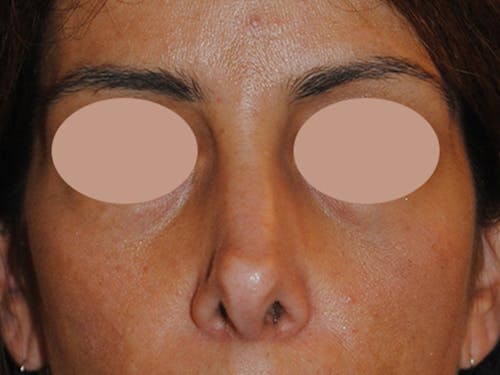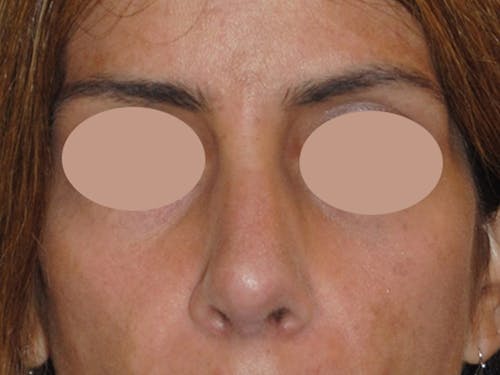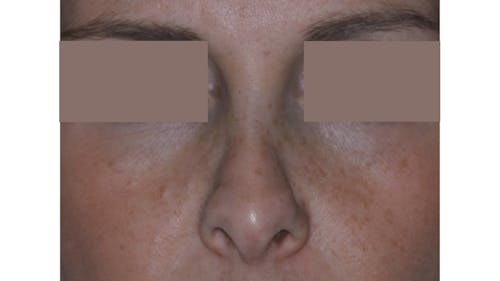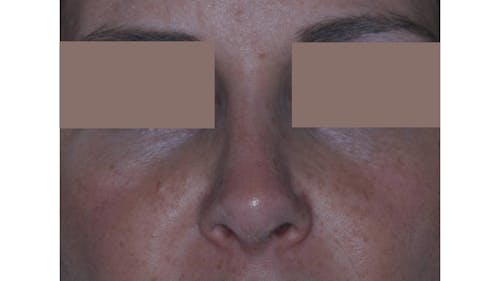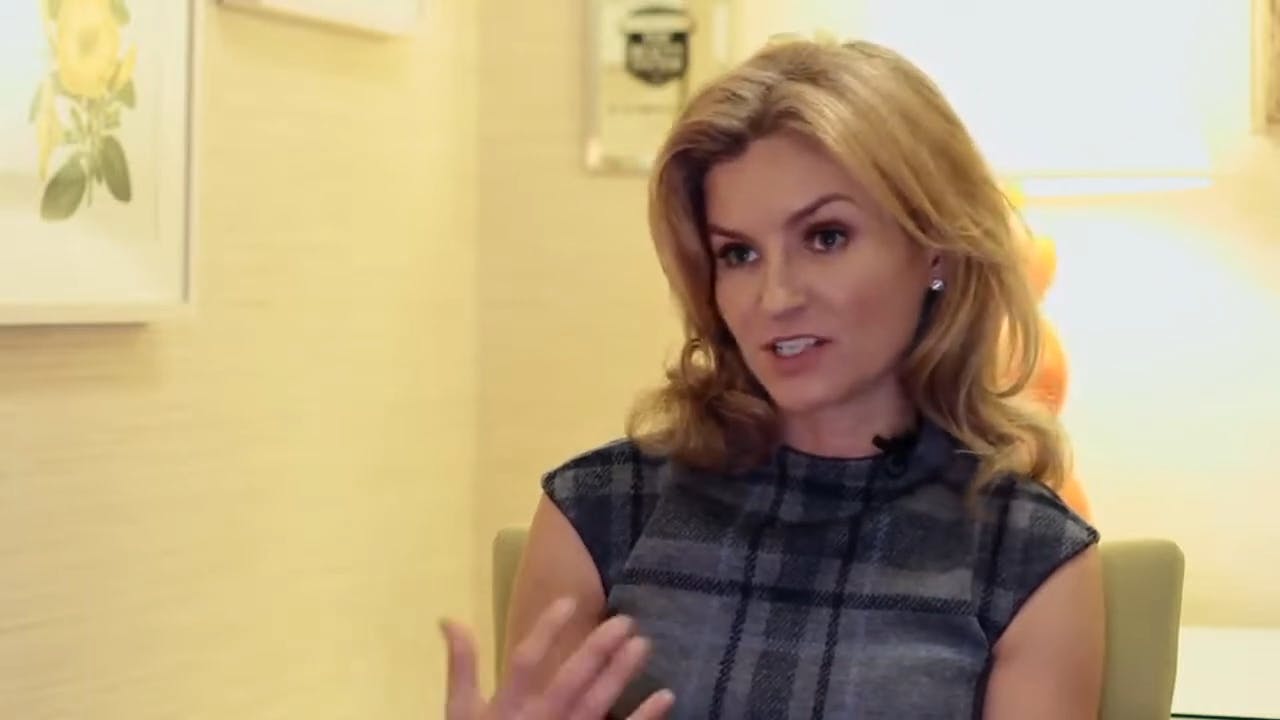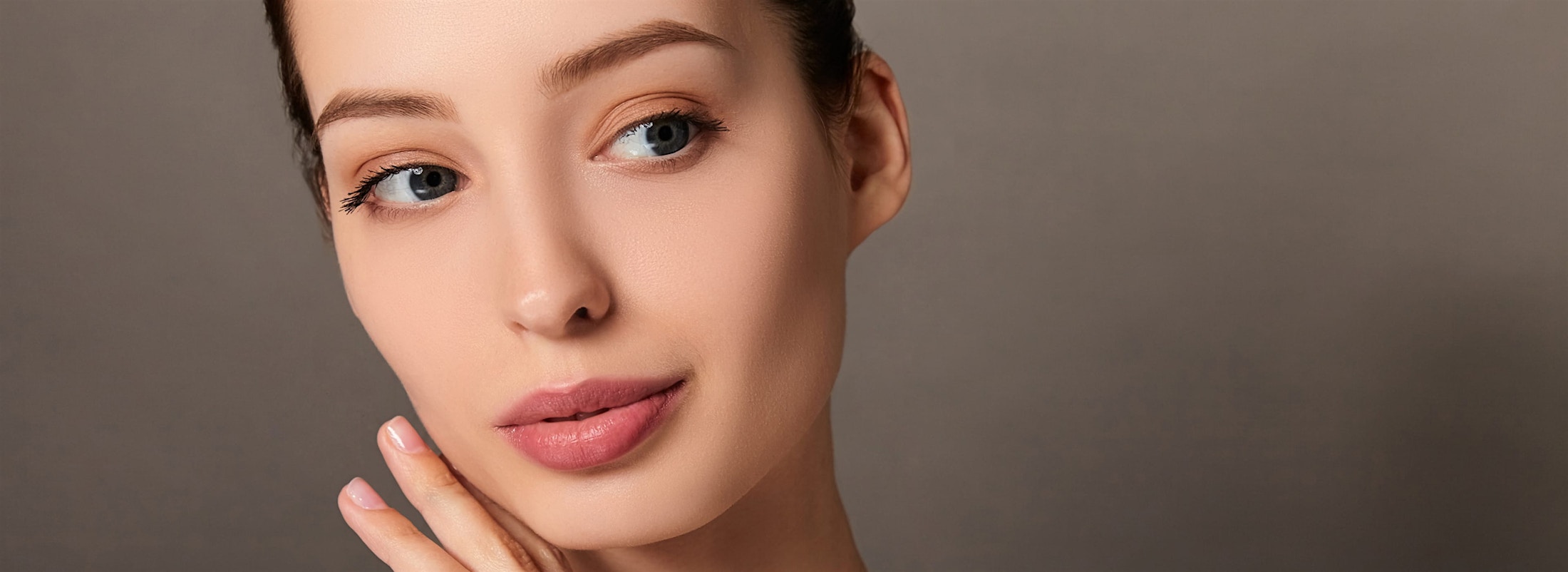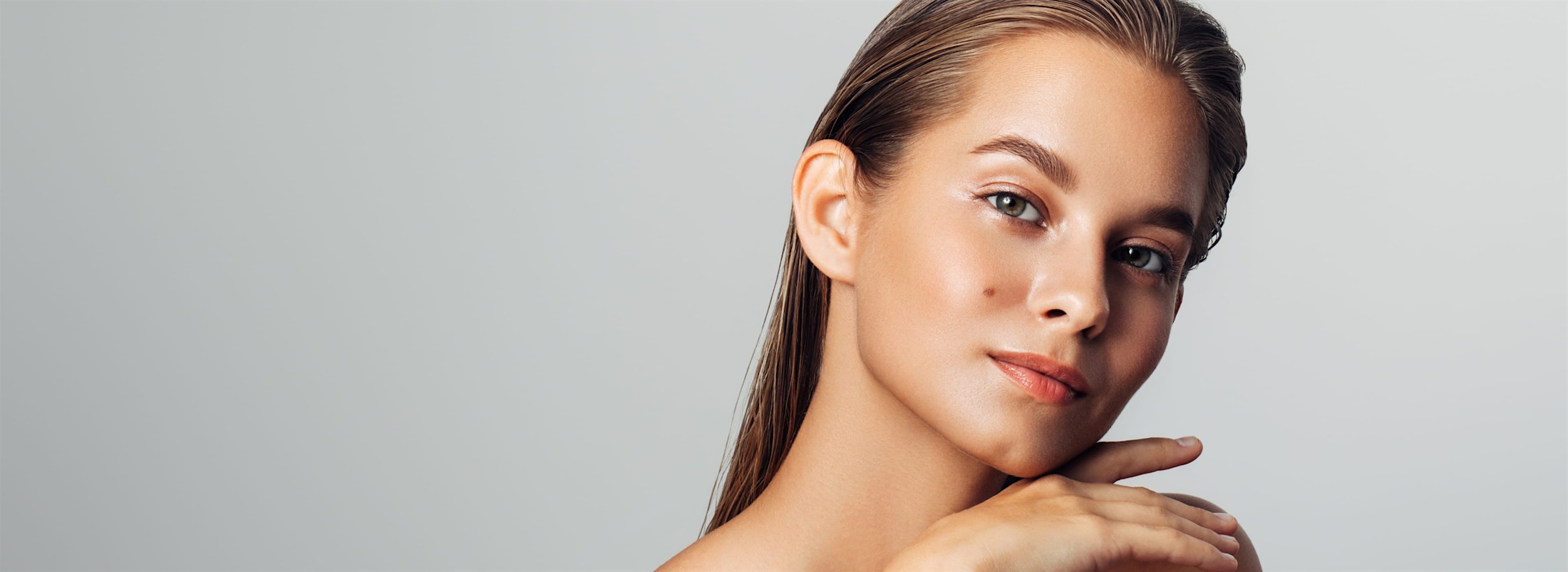At the Klausner Institute in New York, NY, rhinoplasty is a procedure in which a surgeon repairs or reshapes the nose. Common motivations for a patient to seek rhinoplasty are to improve respiratory problems or the aesthetic appearance of the nose.
Are You Unhappy with The Results of a Previous Surgery? We Can Fix That.
You may be an ideal candidate for revision rhinoplasty if you are unsatisfied with your surgical outcome or need to address complications arising from your initial rhinoplasty. Rhinoplasty revision is mainly done to restore or change the appearance and function of your nose. Patients should be looking for a lasting repair and have realistic goals before undergoing revision surgery. In addition, you should know that this procedure may be significantly more complex than the initial rhinoplasty due to factors like scar tissue.

